As more and more people turn to hydroponic gardening as a way to grow their own vegetables and herbs, the need for specialized equipment has also increased. One such piece of equipment that is essential for successful hydroponic gardening is a water chiller. While many may think that a simple water pump is enough to circulate the water in a hydroponic system, a water chiller plays a crucial role in maintaining the ideal temperature for plant growth. In this article, we will delve into the importance of using a water chiller for hydroponics and how it can greatly benefit your plants.
How Does a Water Chiller Work for Hydroponics?
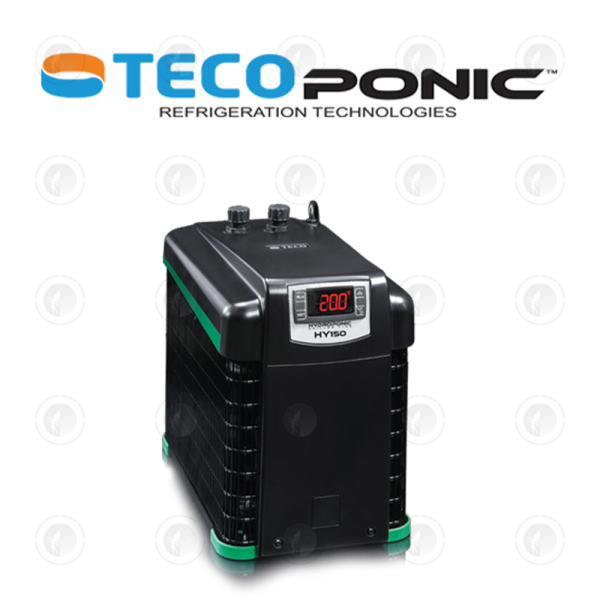
Before we dive into the specifics of using a water chiller for hydroponics, let’s first understand how it works. A water chiller is a device that cools the water in a hydroponic system, helping to maintain the ideal temperature for plant growth. It draws in the warm water from the reservoir, passes it through a cooling system, and then returns it back to the reservoir at a lower temperature. This process helps to keep the water temperature consistent, which is vital for the health and growth of your plants.
The Importance of Temperature Control in Hydroponics
Maintaining the correct water temperature in a hydroponic system is crucial for several reasons. Firstly, warmer water temperatures can lead to an increase in oxygen demand by the plants, making it harder for them to absorb the nutrients they need. This can result in stunted growth or even death of the plants. On the other hand, if the water is too cold, it can slow down the metabolic processes in the roots, leading to nutrient deficiencies and poor plant growth. Therefore, it is essential to keep the water temperature within a specific range for optimal plant growth.
Benefits of Using a Water Chiller for Hydroponics
Now that we understand how a water chiller works and why temperature control is essential in hydroponics, let’s look at the specific benefits of using a water chiller for your system.
- Maintains Consistent Water Temperature: As mentioned earlier, a water chiller plays a crucial role in maintaining the ideal water temperature for plant growth. It ensures that the water temperature stays within the desired range, preventing any sudden fluctuations that can be harmful to your plants.
- Improves Oxygen Levels: A water chiller helps to cool down the water, which has a direct impact on oxygen levels. Colder water holds more oxygen, making it easier for the plants to absorb it through their roots. This increase in oxygen levels can promote healthier root growth and overall plant health.
- Prevents Root Diseases: Warmer water temperatures can create an ideal environment for pathogens and bacteria to thrive, leading to root diseases. By keeping the water cool with a water chiller, you are reducing the risk of these diseases and promoting a healthier growing environment for your plants.
- Increases Nutrient Uptake: The colder the water, the more efficient the plants are at absorbing nutrients. By using a water chiller, you are ensuring that your plants have access to the necessary nutrients they need for optimal growth and development.
- Extends Planting Season: With a water chiller, you have more control over the water temperature, allowing you to extend the planting season. You can grow plants that prefer cooler temperatures during the warmer months and vice versa, giving you more variety in your crops.
How to Use a Water Chiller for Hydroponics?
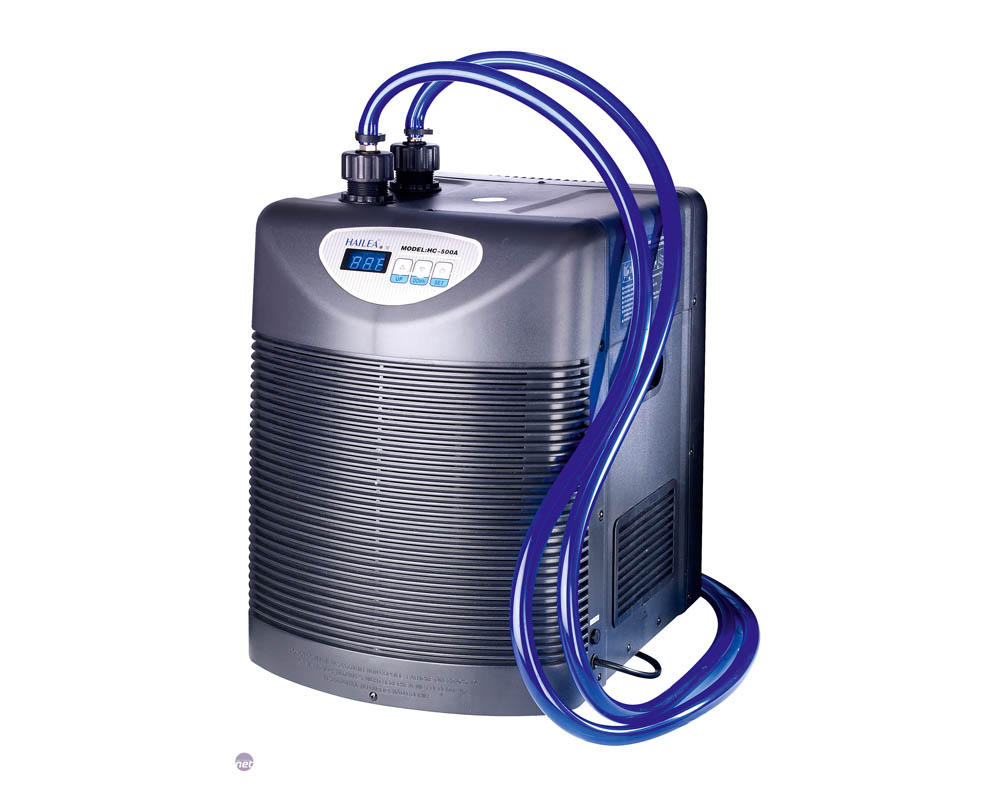
Using a water chiller for hydroponics is relatively simple, but there are a few things to keep in mind.
Step 1: Choose the Right Size
The first step is to choose a water chiller that is the right size for your hydroponic system. Consider the size of your reservoir and the number of plants you are growing to determine the appropriate size of the water chiller.
Step 2: Install the Water Chiller
Once you have chosen the right size, install the water chiller near the reservoir. Make sure to follow the manufacturer’s instructions for proper installation.
Step 3: Set the Temperature
Next, set the desired temperature on the water chiller. The ideal temperature for most plants in hydroponics is between 65-75°F (18-24°C).
Step 4: Monitor the Temperature
It is essential to regularly check the water temperature to ensure it stays within the desired range. If it starts to rise, adjust the settings on the water chiller accordingly.
Examples of Using a Water Chiller for Hydroponics
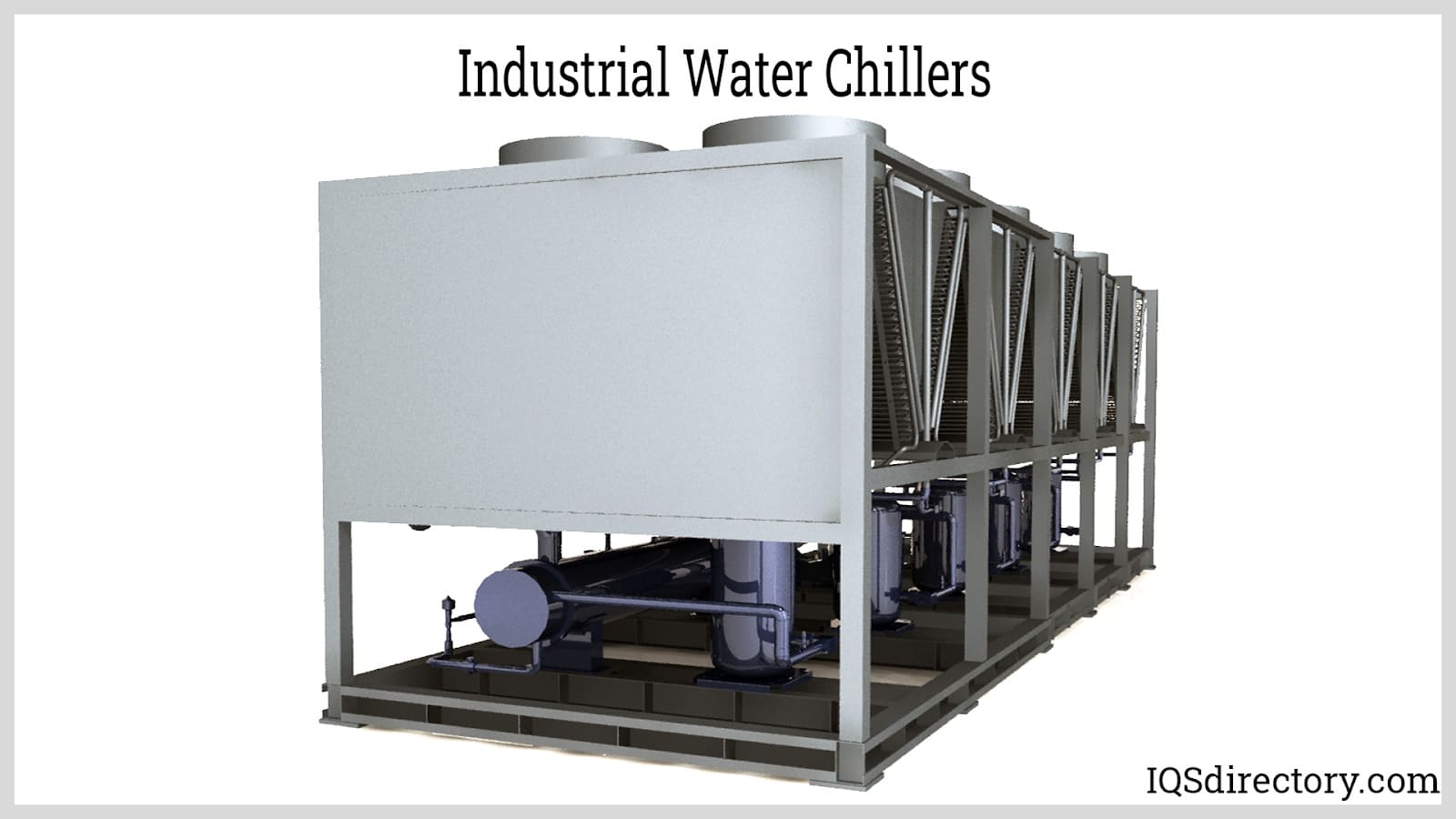
To better understand the benefits of using a water chiller for hydroponics, let’s look at a few examples.
- A commercial hydroponic farm uses a water chiller to maintain consistent water temperatures for their lettuce crops. By keeping the water cool, they can grow larger, healthier heads of lettuce, leading to increased profits.
- A hobbyist hydroponic gardener uses a water chiller for their tomato plants. They live in a warmer climate, and without the use of a water chiller, their tomatoes would not produce as well due to the higher water temperatures.
Comparisons: Water Chiller vs. Other Cooling Methods for Hydroponics
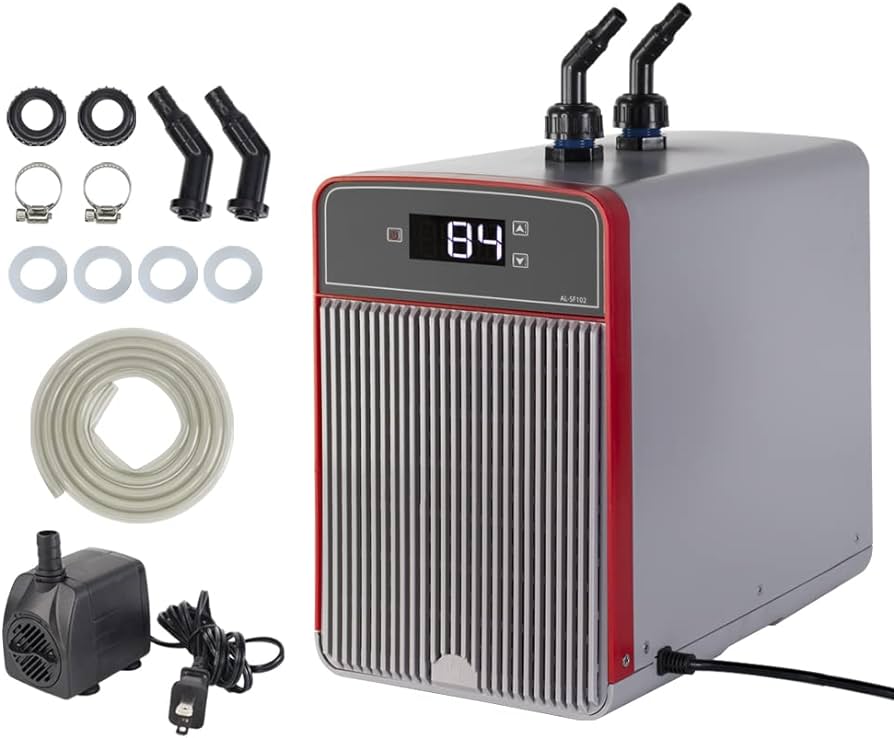
There are other methods of cooling the water in a hydroponic system, such as adding ice or using a heat exchanger. However, there are some notable differences when compared to using a water chiller.
Water Chiller vs. Adding Ice
Many people may try to save money by using ice to cool down the water in their hydroponic system. While this can be effective, it requires constant monitoring and refilling of ice, making it less convenient. Additionally, adding too much ice at once can cause a sudden drop in water temperature, which can be harmful to the plants.
Water Chiller vs. Heat Exchanger
A heat exchanger works by transferring heat from the water in the reservoir to another body of water, such as a nearby lake or river. While this can be an effective method, it is not always practical for those living in urban areas or places without access to a natural water source.
Advices: How to Choose the Right Water Chiller for Hydroponics?
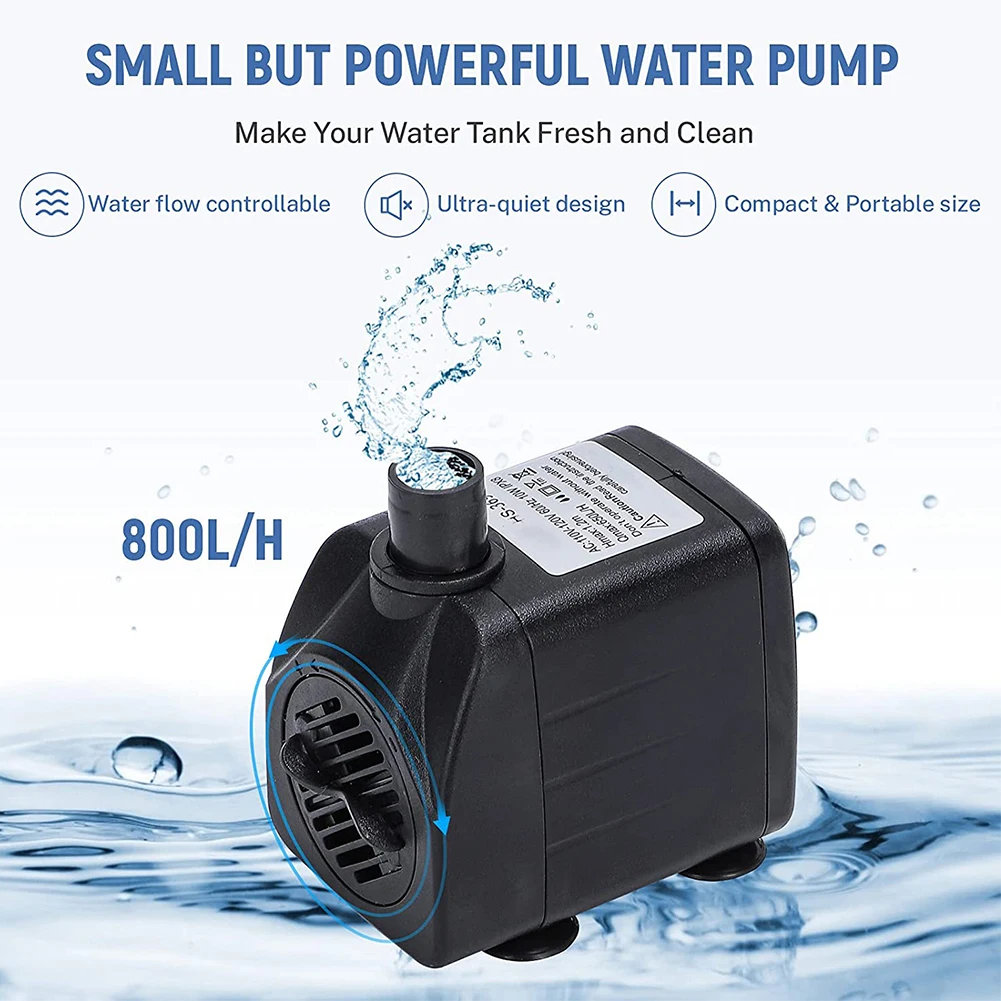
When choosing a water chiller for your hydroponic system, there are a few things to consider.
- Size: As mentioned earlier, choose a water chiller that is the right size for your reservoir and number of plants.
- Cooling Capacity: Look for a water chiller with a cooling capacity that is suitable for the temperature range you need. Some chillers may not be able to cool the water enough for certain plants, so make sure to check the specifications before purchasing.
- Energy Efficiency: Consider the energy efficiency of the water chiller. Look for models that have energy-saving features, such as variable speed compressors, to help reduce energy costs.
- Brand Reputation: Do some research on different brands and read reviews to ensure you are choosing a reliable and efficient water chiller for your hydroponic system.
FAQs about Using a Water Chiller for Hydroponics
Q1: How often should I check the water temperature when using a water chiller?
A: It is recommended to check the water temperature at least once a day to ensure it stays within the desired range.
Q2: Can I use a water chiller for any type of hydroponic system?
A: Yes, a water chiller can be used for any type of hydroponic system, including deep water culture, ebb and flow, and drip systems.
Q3: Can I use a water chiller for outdoor hydroponic gardening?
A: Yes, you can use a water chiller for outdoor hydroponic gardening. However, keep in mind that it may require additional insulation or protection from extreme weather conditions.
Q4: How long do water chillers typically last?
A: With proper maintenance and care, a water chiller can last for several years.
Q5: Are there any safety precautions to take when using a water chiller?
A: It is essential to follow the manufacturer’s instructions for safe installation and operation of the water chiller. Make sure to also regularly clean and maintain the chiller to prevent any malfunctions.
Conclusion
In conclusion, a water chiller is an essential tool for anyone looking to achieve optimal plant growth in their hydroponic system. By maintaining the ideal water temperature, it helps to promote healthier roots, increased nutrient uptake, and ultimately, higher yields. When choosing a water chiller, make sure to consider the size, cooling capacity, energy efficiency, and brand reputation to find the best one for your needs. With regular monitoring and proper maintenance, a water chiller can greatly benefit your hydroponic garden and help you grow healthy, thriving plants all year round.
